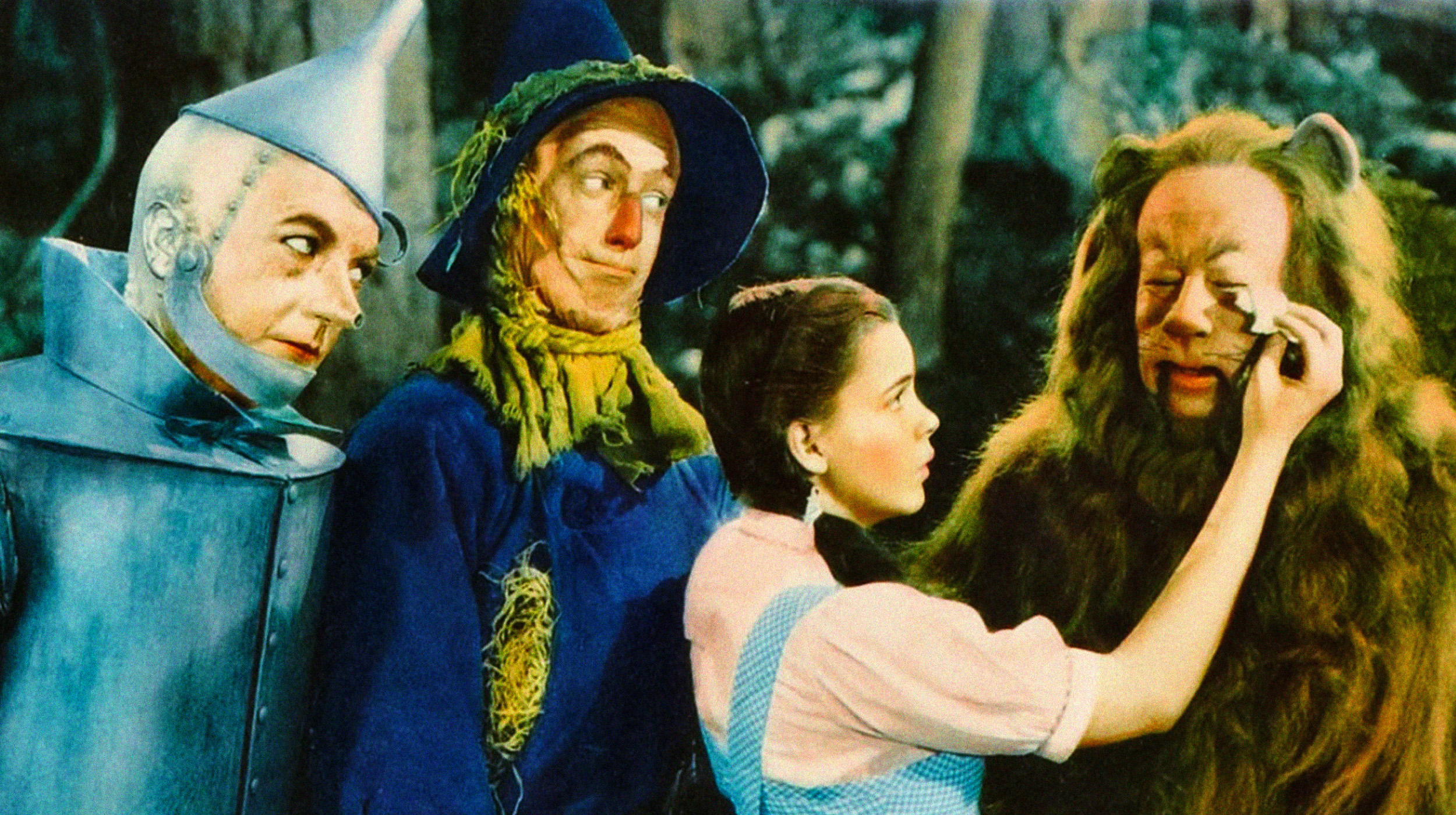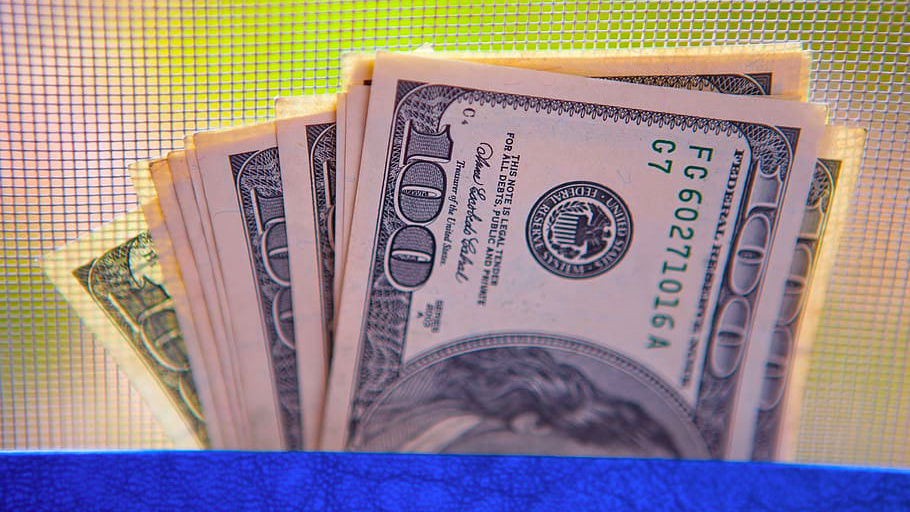Risk takers have “childlike” brains—and sometimes it’s a benefit

- Neuroscience research on risk-taking suggests there are broad, observable differences in the brains of people with high risk tolerance and those with a low tolerance for risk.
- The extent to which we engage in risky behaviors is influenced by genetics and environment, but there is no such thing as being deterministically “wired” to make bad decisions.
- Risk is not inherently bad. Here are a few strategies you can use to become a smarter risk-taker.
As the COVID-19 pandemic ravaged the United States in 2020 and 2021, forcing millions to forego fulfilling activities — parties, sporting events, dinner outings with friends — a peculiar side effect emerged. Confined indoors, essentially forced to be risk averse, many amped up their risk-taking by turning to stock and cryptocurrency trading.
Flush with generous pandemic recovery funds and enabled by the recent phenomenon of “free” trades at brokerages, as well as copious, easy-to-use apps permitting rapid-fire market bets, millions of ordinary people became part-time traders. Wall Street had come to Main Street.
This unprecedented situation did not awaken an innate human desire for risk-taking. To the contrary, most of us tend to be risk averse. We tend to prefer sure things and safety over uncertainty and danger — even when probability deems the latter to be more rewarding.
But the pandemic certainly showcased the subset of us who seem unfazed by financial risk. Look no further than the Reddit community /r/wallstreetbets for a brazen example, where users regularly brag about placing massive market bets — “YOLOs” they call them — sometimes with life-altering consequences.
Is there something different about risk-takers, perhaps in their brains?
The science of risk-taking
Neuroimaging research published in 2021 suggests that our propensity to engage in risky behaviors is partly heritable. The study of 25,000 individuals suggested that about 3% of risk-taking behavior can be explained by genetics. Environmental factors like family dynamics and socioeconomic status likely also contribute to risk tolerance.
The scientists behind this study also compared the brain anatomy of risk-takers and more risk-averse individuals. They found that risk-takers tend to have less gray matter, the brain tissue that contains the most neurons, in certain regions, particularly the amygdala and ventral striatum, areas known to be involved in fear regulation, decision-making, and risk assessment.
Intriguingly, another study from neuroscientists at Duke University showed that children, who tend to be far less risk averse than adults, show less activation in the ventral striatum when making decisions. But as they get older, and this part of the brain develops more, their appetite for risk falls.
“Individual differences in the development of risk aversion may reflect differences in the maturation of these neural processes,” the researchers wrote.
There’s a more simple takeaway: The brains of risk-takers are more childlike (at least in the ventral striatum).
Risk-takers also appear to have more highly developed neural networks in the brain compared to those who are risk averse. That could suggest that being willing to take risks is positively linked to learning, coping strategies, and development. Our own personal experiences with risk can also speak volumes. When we take a risk, it tends to build self-confidence when things work out — and resilience when they don’t.
How people differ in risk-taking
Despite the noticeable differences between the brains of risk-takers and risk-avoiders, an fMRI brain scan can’t definitively predict whether someone will turn out to be a serious risk-taker..
“I would say at this point in time that anybody who tells you that they can predict who is more
likely to be a risk-taker based on a brain signature is not basing that on evidence,” Valerie Reyna, a professor of psychology and the Director of the Human Neuroscience Institute at Cornell University, said.
Reyna added that another problem with trying to predict risk-taking propensity in individuals is that it can lead to fraught attempts to prevent certain behaviors from manifesting. Such interventions may change the trajectories of people’s lives for the worse.
However, Reyna did note that repeated risk-taking can restructure the brain.
“You do get changes that are anatomical as a result of experience. You get growth of neurons, pruning of neurons and changes in the morphology of the brain,” Reyna said. “You see a certain stimulus and you react. If you’re engaging in behavior that involves addiction, there are stimulus response pairs that get strengthened.”
And risk-taking can certainly be addictive. Activities like options trading, gambling, skydiving, and even shopping for expensive items (that you probably can’t afford) can trigger the release of dopamine and adrenaline, which together can trigger powerful feelings of reward and excitement.
Engaging in these behaviors might increase our appetite for risk over time. But it’s important to distinguish between this process and the idea that some people are “wired” to make especially risky decisions. After all, even though genetics play a role in shaping our risk tolerance, so do other complicated environmental factors, meaning we aren’t destined to do things like gambling, drugs, or other risky behaviors.
To say someone is “wired” to behave a certain way is an unscientific framing that conceives of behavior as a fixed trait rather than something that can be positively altered over time. This faulty framing is especially common when talking about addiction. But as Reyna noted, there is no such thing as an “addictive person.”
How to become a smarter risk-taker
Ultimately, risk is neither inherently bad nor something to always avoid. Rather, it’s something to manage. When it comes to risk-taking, a possible solution isn’t simply to ignore the anxiety-inducing potential for disaster, but to take actions to ameliorate any potential fallout.
In regards to investing, that means building a diversified portfolio — possibly with low-fee, broad-market exchange-traded funds — as a bedrock before making other high-risk, high-reward bets. If you enjoy gambling, that means setting a budget for it that doesn’t derail other aspects of your life.
Researchers have also turned up a tiny quirk of the brain that can lead to more risky choices. Excitement and a sense of reward can trigger a part of the brain called the nucleus accumbens, and when this area is active, we often make poorer decisions.
“You go to Vegas, and you are surrounded by all these rewards — free food, potential prizes,” study author Camelia Kuhnen, a professor of finance at the University of North Carolina, said. “We know from past studies that sights of potential rewards can activate your nucleus accumbens.”
A simple way to avoid being misled by this neurological whirlwind? Never take risks on a whim.
Lastly, though it sounds buzzy, mindfulness can help here. Being more in tune with the present moment might help you take more calculated risks. Mindfulness is meant to help us better observe our thoughts, rather than getting swept away by them. Research suggests that it can help keep adrenaline and cortisol (the stress hormone) in check.
This, in turn, can help us take smarter risks with a clearer mind. Some would argue that fear of risk is really the fear of uncertainty. Mindfulness can help us overcome anxiety around the unknown so that we’re more comfortable taking risks.
There’s still a lot we don’t know about the neuroscience behind risk, but what’s clear is that taking risks thoughtfully can be worthwhile. And if they don’t pay off, at least they provide learning experiences, provided people heed them.
Such a reckoning could very well be happening now. As both stock and crypto markets have taken a shellacking over the past year, retail investor trading activity has declined, as evidenced by Google search data and reduced trading volumes at popular brokerages like Robinhood and Coinbase. As it turns out, fledgling retail investors don’t make very good day traders, falling prey to some classic investing mistakes.
That so many people are stepping away from trading unfortunately hints that many may have learned lessons about risk the hard way.





